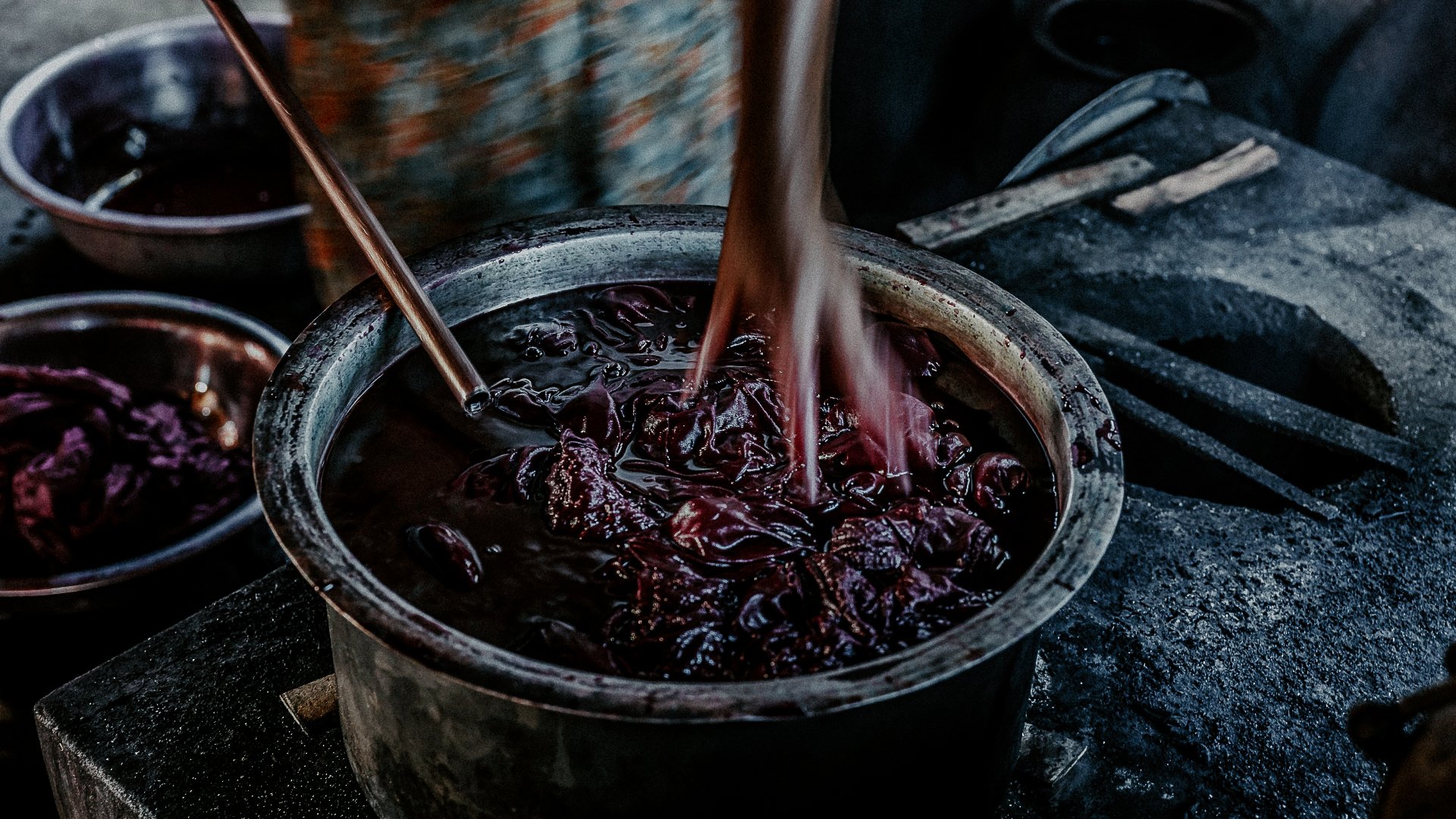When the Color of Your Jeans Promotes Exploitation
For thousands of years, indigo symbolized both political power and religious ritual. But the history of indigo, and the cotton fabric it dyes, is anything but pretty.
By Rebecca Ballard
photo by cengizkarakus
Indigo is known as the “king of dyes.” For thousands of years, indigo symbolized both political power and religious ritual. The star-spangled banner was made with indigo, as was another American classic, the blue jean.
But the history of indigo, and the cotton fabric it dyes, is anything but pretty. It paints a narrative of slavery and exploitation, in the name of cheaper goods and wealth creation for the powerful.
In the midst of the Atlantic slave trade of the 18th and 19th centuries, Christian abolitionists argued for striking at the economic root of slave labor by removing the market for slave-labor goods, calling this the first step toward abolition. Indigo was then a highly labor-intensive and lucrative crop produced by slave labor in the Southern states, and abolitionist Quakers refused to wear indigo-stained clothing . A century later, Mahatma Gandhi was arrested and jailed for his work with indigo workers. (Gandhi also wore a khadi, homespun cloth that promoted the idea of Indian self-reliance in the face of British exploitation).
“The global garment industry is the second-worst polluting industry in the world, after only oil and gas.”
The complex history of indigo reveals how little we know, or remember, about how our clothes are made. It’s not a new problem, but it’s still very much a problem — our world is more connected than ever before but, paradoxically, international supply chains are increasingly complex and we feel more disconnected than ever from the impact our lives have on others.
Here’s another little-known fact: The global garment industry is the second-worst polluting industry in the world, after only oil and gas. Much of our clothing is made from synthetic fibers, which are created by extracting fossil fuels — so the garment industry also directly contributes to the top polluters. And rivers and lakes can fill with runoff from toxic dyes, removing safe water sources from communities.
“Our clothing is still linked with slavery, and the exploitation of women in particular.”
Our clothing is still linked with slavery, and the exploitation of women in particular. There are 21 million people enslaved in the world today, more than any other point in history, and many enslaved women and children work in the global garment industry. Nearly 80 percent of the garment factory workforce is female, though more than 90 percent of garment factory supervisors are male. The majority of garment workers move from rural areas in the developing world to urban centers, seeking better lives for themselves and their children, yet once there these working women often experience workplace gender discrimination, sexual harassment, rape, and pregnancy discrimination. If they attempt to organize, they may receive threats for claiming their rights to things many of us take for granted — overtime pay, or the ability to use the restroom during the workday.
As people of faith, it is our responsibility to honor others in every choice we make. We are held accountable for what we do and what we fail to do in our lives. This responsibility extends to the clothes we purchase and wear.
What if we saw those who create the clothes we wear as our neighbor? What if we changed the way we shopped — viewing each purchase as an investment, and only shopping from companies with supply chain transparency and a commitment to honoring people and the planet?
Craft work, including textile creation, is second only to agriculture as the largest employer of women in the developing world. What would happen if we learned more about these women’s lives and paid the true cost of production, making purchases that honor their time and talent?
Demand drives production. We have the power to move the needle in the global garment industry. We can remove the cloak of invisibility from this industry and reach out to those around the globe in a way that honors their work through our choices as consumers.
We each have a role to play in moving the needle. Start by viewing clothing as an investment, and choose to be willing to pay the true cost. Become an educated consumer and wear your values. Look for companies that are transparent regarding the factories they use, as well as the treatment of workers at each step in the supply chain — from farm to factory to final product. Consider the broader environmental impact of your clothes. Wear natural or recycled fibers. Frontload the research to find companies you trust, and sign up for their list serves for a regular feed of conscious options as well as discounts and limited-time offers. Repair and recycle clothing, or host a fun clothing swap with friends instead of making new purchases.
There is no piece of clothing more beautiful than that which weaves in a narrative of love, care, and honor each step of the way.
FEATURED IN:
Sojourners | August 2016




